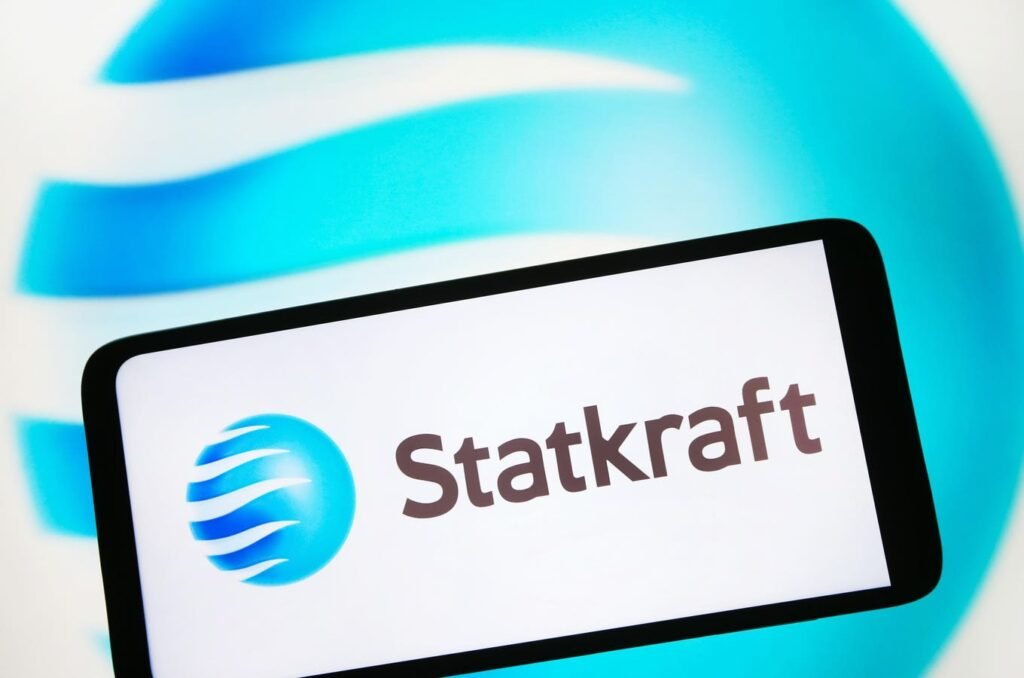Europe’s largest renewable energy producer Statkraft has announced a revised strategy due to challenges in the energy market, leading to a reduction in its capacity targets. The Norwegian state-owned company plans to install 2 to 2.5 gigawatts of onshore wind, solar, and battery storage annually from 2026 onwards. This is a decrease from its previous targets, with onshore wind set to be in the range of 2.5GW to 3GW annually from 2025 and 4GW annually from 2030. The offshore wind target has also been lowered to 6GW to 8GW by 2040 from a previous target of 10GW. Additionally, the hydrogen target has been reduced to 1GW to 2GW by 2035 from 2GW by 2030.
The cuts were revealed following Statkraft’s first annual strategic review with its new President and CEO, Birgitte Ringstad Vartdal. Vartdal acknowledged the challenging market conditions, citing complicated regulations, policy delays, and geopolitical uncertainty in a time of higher technology costs, interest rates, and lower electricity prices. Despite the challenges, she expressed confidence in the company’s competitive advantages and its position in the renewable energy market, emphasizing its ability to grow, build scale, and compete in a rapidly growing industry.
Statkraft is not the only company facing difficulties in achieving renewable energy targets. Denmark’s Ørsted and France’s Engie have also announced target and investment cuts due to similar constraints. In March, Engie pushed back its hydrogen project target to 2035 from 2030, citing slow industry progress. Spain’s Iberdrola has taken a more selective stance on renewable energy and increased its focus on electricity grids, while also cutting its 2030 hydrogen targets by two-thirds. Portugal’s EDP has also faced challenges with lower electricity prices impacting its revenues and capacity targets.
The market conditions for the renewable energy industry in Europe have become more challenging, leading companies like Statkraft to reevaluate their strategies and allocate capital to the most value-creating opportunities. Despite the setbacks, Vartdal remains optimistic about Statkraft’s competitive position, experience with weather-based systems, and strong analysis and market competencies. The company’s strong portfolio of profitable renewable projects and capable organization position it well to adapt to the changing market dynamics and continue to grow in the renewable energy sector.
As the industry grapples with challenging conditions, more European renewable energy companies may follow suit in adjusting their targets and strategies. The harsher climate impacting the industry across the continent, including delays in policy support, geopolitical uncertainty, and lower electricity prices, has forced companies to rethink their expansion plans and focus on more sustainable growth paths. Ultimately, the transition from fossil fuels to renewable energy is still happening at a rapid pace, and companies like Statkraft are well-positioned to navigate the complexities of the market and remain competitive in the evolving energy landscape.

